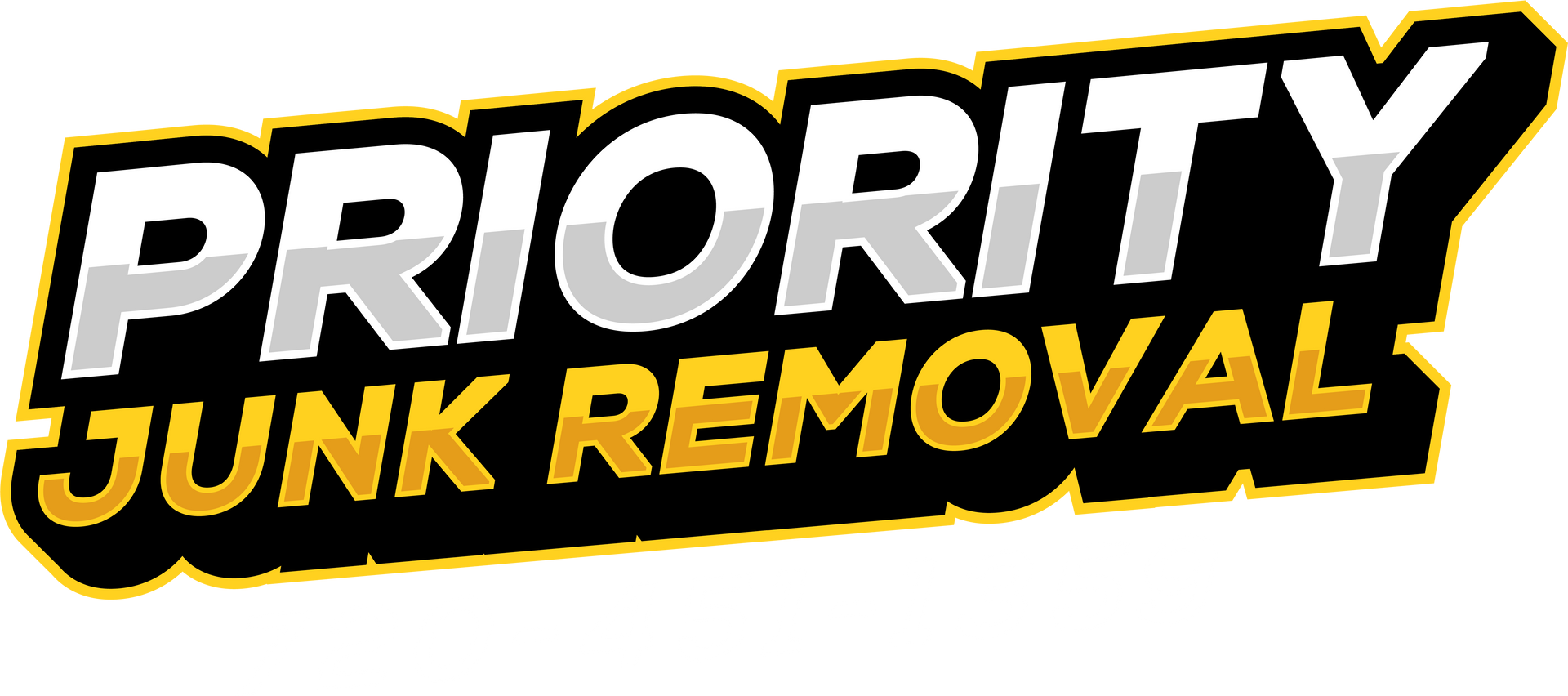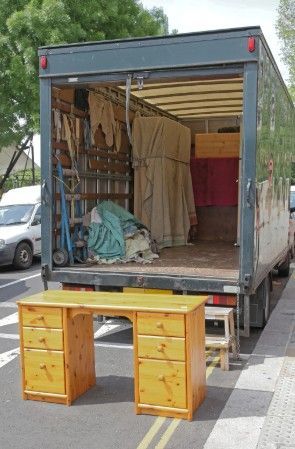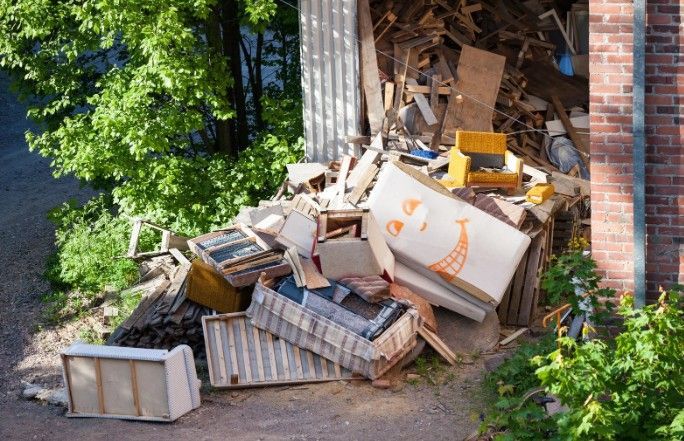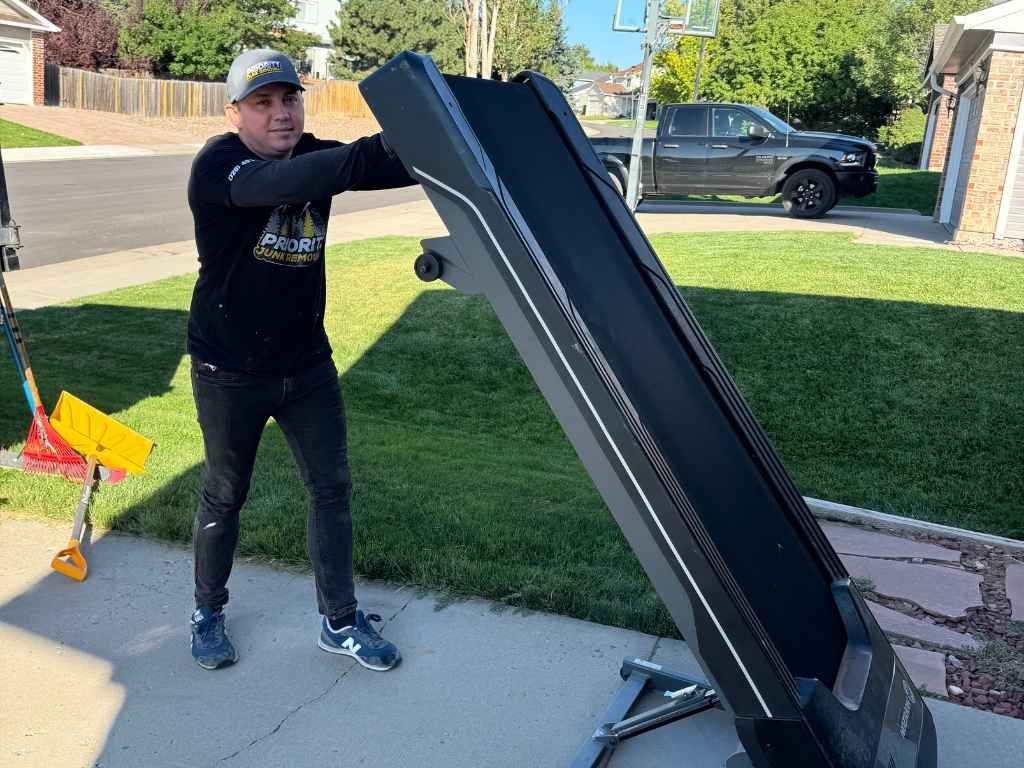How to Handle Commercial Junk Removal After a Major Renovation
Renovating a commercial space is a massive undertaking, full of excitement, challenges, and the promise of a fresh, modernized environment. The process, however, doesn’t end when the last coat of paint dries or when the final piece of furniture is put in place. Instead, what remains is often an overwhelming pile of debris—scraps of drywall, broken fixtures, outdated equipment, and various other discarded materials. Handling commercial junk removal efficiently is crucial to ensuring the space is ready for business operations to resume smoothly.
Scope of Post-Renovation Debris
One of the first steps in managing commercial junk removal is recognizing what needs to be disposed of. Unlike standard office waste, post-renovation debris can be extensive and varied. From old carpeting to demolished partitions, from outdated office furniture to heavy-duty construction materials, the cleanup process requires a strategic approach.
Ignoring or delaying this crucial step can create safety hazards, prolong the transition period, and even lead to regulatory complications. Proper disposal is not just about removing waste—it’s about handling it responsibly and efficiently.
Sorting and Categorizing Waste
Not all renovation waste is destined for the landfill. Some materials can be recycled, repurposed, or donated. Before hauling everything away, consider categorizing the debris into different groups. This method not only simplifies disposal but also ensures compliance with environmental regulations.
Construction debris such as wood, metal, and concrete can often be sent to recycling centers. Unused fixtures, furniture, and even doors might find a second life through donation to charitable organizations. Electronic waste, which may include outdated computers, wiring, and light fixtures, requires specialized disposal methods to prevent harmful environmental impact. Understanding these distinctions helps streamline the junk removal process while promoting sustainable practices.
Hiring a Professional Junk Removal Service
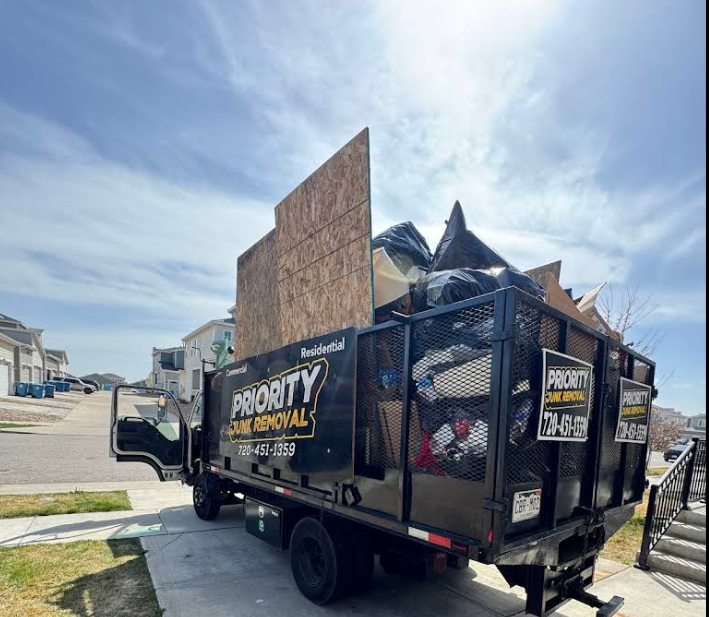
Managing post-renovation waste isn’t just about gathering junk and tossing it away. The sheer volume, weight, and variety of materials often necessitate professional intervention. This is where a reputable junk removal service becomes invaluable.
A professional team arrives equipped with the necessary tools, vehicles, and expertise to handle the debris efficiently. They understand municipal regulations and know exactly where to take different types of waste. This eliminates the guesswork and hassle involved in coordinating multiple disposal methods. Additionally, enlisting experts minimizes potential workplace hazards, reducing risks of injury that may arise from lifting heavy objects or handling sharp materials.
Ensuring Compliance with Local Regulations
Disposing of commercial waste isn’t as simple as dumping it into a large bin and calling it a day. Many cities have strict guidelines on how and where renovation debris can be discarded. Violating these regulations can lead to fines, legal complications, and reputational damage.
Certain materials, such as hazardous chemicals, paints, and adhesives, require specialized disposal methods. Failing to follow these guidelines could result in environmental contamination and legal consequences. An experienced junk removal service is well-versed in these regulations, ensuring that everything is handled in compliance with local laws.
The Role of Sustainability in Junk Removal
Renovation waste often includes materials that can be harmful to the environment if not disposed of properly. Sustainability isn’t just a buzzword—it’s a responsibility. Reducing landfill contributions by opting for eco-friendly disposal methods benefits both businesses and the planet.
Recycling salvaged materials like glass, metal, and wood can significantly cut down on waste. Items such as desks, shelving units, and office chairs that are still in good condition can be donated to schools, shelters, or nonprofit organizations. By prioritizing sustainable junk removal practices, businesses contribute to environmental conservation while also fostering goodwill within their communities.
The Logistics of Junk Removal Scheduling
Timing is everything when it comes to commercial junk removal. Delays in debris disposal can slow down reopening efforts, leading to disruptions in business operations. This is why scheduling the cleanup process in advance is vital.
Coordinating with a junk removal service early ensures that the cleanup aligns with the renovation timeline. Some businesses may prefer staggered removals throughout different phases of the renovation, while others might opt for a large-scale cleanup at the end. Understanding what works best for the specific project ensures a smoother transition into the newly renovated space.
Preparing for the Junk Removal Process
Even when hiring professionals, a certain level of preparation can make the process smoother. Identifying items that require special handling, ensuring clear access to the debris, and setting aside materials for donation all help streamline removal efforts. Business owners and facility managers should communicate their expectations clearly to the removal team to avoid any last-minute confusion.
Some commercial spaces may also require temporary storage solutions for items that aren’t immediately being discarded. Whether it’s preserving valuable equipment or securing furniture until decisions are made, planning ahead prevents unnecessary obstacles during the cleanup phase.
Mastering the Art of Post-Renovation Waste Disposal
Renovating a commercial space is a rewarding process, but the aftermath often brings a wave of overwhelming debris that must be dealt with promptly. Piles of construction waste, discarded materials, and outdated office fixtures can quickly turn a newly revamped space into a chaotic mess. Without a structured approach to post-renovation junk removal, businesses may face operational delays, safety hazards, and potential regulatory complications. Effective waste disposal is not just about cleaning up—it’s about restoring order and efficiency to the workspace.
To master this process, business owners must focus on three key aspects: organization, compliance, and sustainability. Sorting waste based on recyclables, hazardous materials, and general debris is a fundamental first step. Proper disposal methods should align with local regulations to prevent fines or environmental harm. Finally, partnering with a professional junk removal service streamlines the process, ensuring that the cleanup is swift, thorough, and environmentally responsible.
The Hidden Challenges of Commercial Junk Removal After Renovation
While renovations breathe new life into commercial properties, they also leave behind an intricate puzzle of waste disposal. Many business owners underestimate the complexity of post-renovation cleanup, believing it to be a straightforward task. However, dealing with varied waste materials—including broken drywall, outdated office furniture, and discarded fixtures—demands a strategic approach. Simply tossing everything into a dumpster is neither efficient nor legally sound, making professional junk removal a necessity.
Unexpected challenges such as hazardous waste handling, municipal disposal restrictions, and space constraints can add layers of difficulty. Certain materials, like old carpeting or electronic waste, require specialized disposal to comply with environmental regulations. Additionally, excessive debris can obstruct pathways, posing safety risks to employees and customers. By recognizing these hidden challenges and addressing them proactively, businesses can ensure a smooth transition back to normal operations after a major renovation.
Handling Specialty Items and Unusual Waste
Some renovation projects involve specialty materials that require extra attention. Items like old carpeting, ceiling tiles, insulation, and large appliances aren’t always handled through standard junk removal processes. Knowing how to properly dispose of or recycle these items can save time and resources.
For instance, outdated HVAC units often contain refrigerants that must be handled according to environmental guidelines. Similarly, fluorescent light fixtures contain small amounts of mercury, requiring specialized disposal methods. Recognizing these complexities reinforces the importance of hiring an experienced junk removal service to navigate the intricacies of disposal regulations.
Minimizing Downtime and Business Disruptions
Businesses undergoing renovations aim to resume normal operations as quickly as possible. A cluttered, debris-filled space delays this goal, creating logistical and financial setbacks. Efficient junk removal minimizes downtime and allows employees to return to a clean, hazard-free environment promptly.
By planning junk removal in tandem with the renovation project, businesses can avoid unnecessary delays. A well-thought-out disposal strategy ensures that as soon as the construction phase ends, the space is ready for immediate use.
Why Efficiency Matters in Commercial Junk Removal
A poorly managed junk removal process can lead to hidden costs, including extended labor hours, unexpected disposal fees, and prolonged disruptions to daily business functions. On the other hand, a well-executed plan ensures a smooth, cost-effective transition from a construction site back to a fully operational business environment.
Efficiency in junk removal also improves workplace safety. Debris left lying around can create trip hazards, expose employees to sharp objects, and obstruct pathways, increasing the risk of accidents. Prioritizing a swift and organized cleanup enhances both productivity and workplace safety.
Looking Beyond the Cleanup: Future-Proofing Your Business
A major renovation represents more than just a physical transformation; it’s an opportunity to implement better long-term waste management strategies. Establishing clear protocols for handling waste in the future can prevent similar challenges down the line.
By incorporating sustainable waste disposal policies, businesses can reinforce eco-friendly practices within their operations. Partnering with a reliable junk removal service for ongoing waste management solutions ensures that the business maintains cleanliness, organization, and compliance with waste disposal regulations moving forward.
Conclusion
Handling commercial junk removal after a major renovation requires careful planning, expert assistance, and a commitment to efficiency. From sorting debris and hiring professional services to ensuring regulatory compliance and adopting sustainable practices, every step contributes to a seamless transition. For businesses in need of reliable and professional junk removal, Priority Junk Removal offers comprehensive solutions tailored to post-renovation cleanup. Located at 6091 South Spotswood Street, Littleton, Colorado 80120, Priority Junk Removal provides expert assistance in removing unwanted materials, helping businesses move forward without the burden of post-renovation waste. For more information or to schedule a service, call 720-451-1359 or email priorityjunkremoval@gmail.com.
